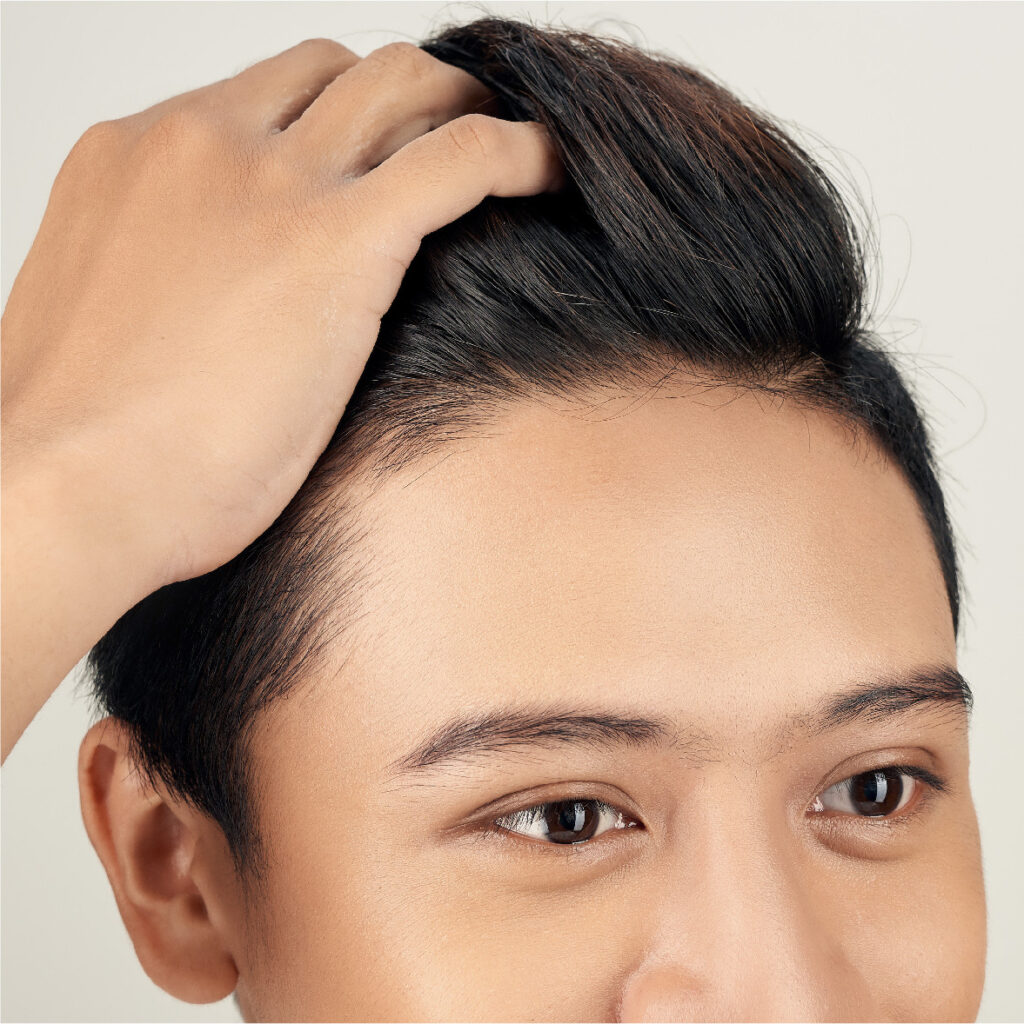Hair is more than just strands growing from the scalp—it’s a vital part of your identity, style, and confidence. One of the most frequently asked questions about hair restoration is whether a transplant can restore your natural hair pattern. It's a valid concern, especially for those exploring advanced procedures like Hair Transplant in Dubai, where the demand for undetectable, seamless results is high. When hair loss sets in, it’s only natural to wonder if modern treatments can genuinely bring back not just the volume, but the natural flow and direction of your original hair.
Understanding Natural Hair Patterns
Each individual’s hair grows in a unique pattern. From the angles at which hair emerges to the distinctive swirls in the crown, these patterns are determined by genetics. Your hairline, parting direction, density variation, and growth angles all contribute to what’s known as your "natural pattern." When hair begins to thin or fall out due to genetics or other factors, this natural blueprint starts to disappear.
The Basics of a Hair Transplant
Hair transplantation is a surgical procedure that involves removing hair follicles from one part of the body—typically the back or sides of the scalp—and implanting them in the balding or thinning areas. The two most commonly used techniques are:
Follicular Unit Transplantation (FUT)
Also known as the strip method, this technique involves removing a strip of scalp containing healthy follicles. The strip is then dissected into individual grafts, which are transplanted into the target area.
Follicular Unit Extraction (FUE)
FUE involves extracting individual follicular units directly from the donor area. These units are then placed into tiny incisions in the recipient zone. Both methods aim to reposition healthy hair follicles in a way that mimics the original hair pattern. The success of this, however, largely depends on technique, precision, and planning.
The Role of Angles and Direction in a Natural Look
Restoring hair isn't just about filling empty spaces. It's about recreating the natural angles, direction, and density of hair growth.
Each area of your scalp has its own angle at which hair emerges:
- In the frontal hairline, hair typically grows forward at a sharp angle.
- In the crown, hair may spiral in a whorl pattern.
- On the sides, hair grows downward.
Designing the Hairline: A Critical Step
The hairline is the most visible part of your scalp. If this isn’t done with artistry and precision, the entire result can look off—even if the rest of the hair transplant is technically sound.
Creating a natural hairline involves:
- Receding it slightly to match age-related patterns
- Using single-hair grafts at the front for a softer look
- Placing hairs in a staggered pattern to mimic randomness
Can a Hair Transplant Really Restore Your Natural Pattern?
The answer: Yes, it can—if executed properly.
Hair transplant techniques today are more sophisticated than ever. The precision with which grafts are placed can successfully recreate the natural pattern, including:
- The angle and direction of growth
- The spiral or whorl patterns in the crown
- The feathered, irregular hairline
The Art and Science Behind It
What sets a truly natural-looking hair transplant apart is the blend of medical expertise and aesthetic sensibility. It’s not just science—it’s art. The practitioner must study facial symmetry, head shape, and previous hair patterns to design a look that complements the individual.
This combination of precision, experience, and artistry determines whether the transplant merely restores hair—or fully restores identity and confidence.
Final Thoughts
Hair loss may change how you look, but it doesn’t have to define who you are. Thanks to advanced techniques and artistic approaches, hair transplants can do more than simply replace missing strands—they can revive your original hair pattern in a way that feels seamless and authentic.Whether it’s the crown’s swirl or the perfect hairline contour, modern procedures strive to recreate what was once lost.






Comments